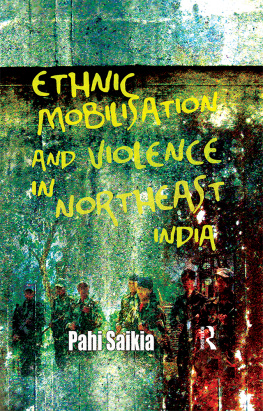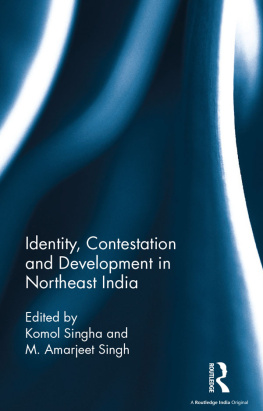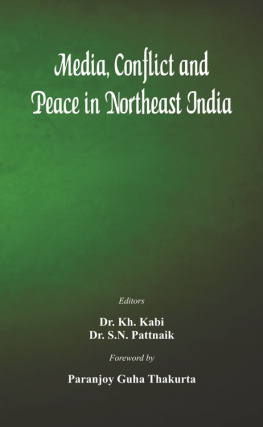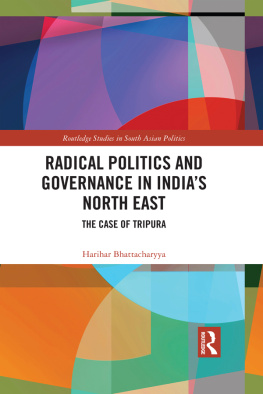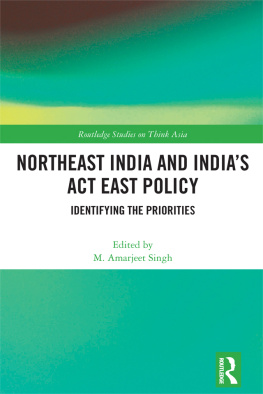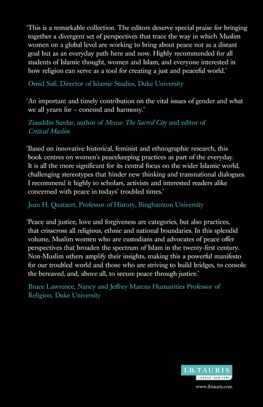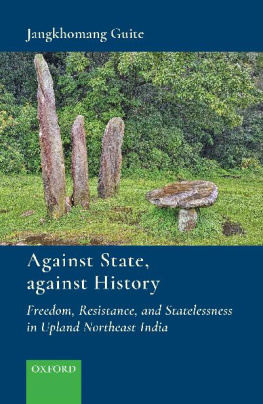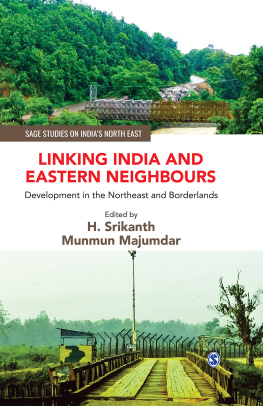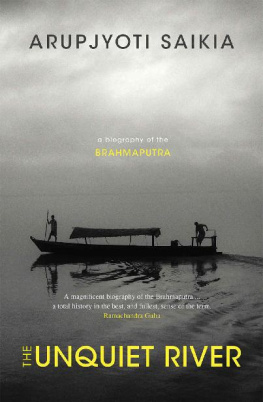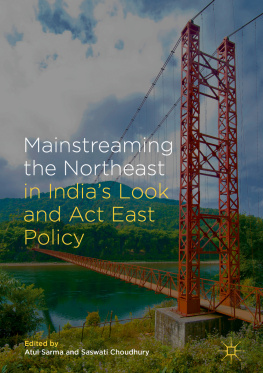Pahi Saikia - Ethnic Mobilisation and Violence in Northeast India
Here you can read online Pahi Saikia - Ethnic Mobilisation and Violence in Northeast India full text of the book (entire story) in english for free. Download pdf and epub, get meaning, cover and reviews about this ebook. year: 2011, publisher: Taylor & Francis, genre: Politics. Description of the work, (preface) as well as reviews are available. Best literature library LitArk.com created for fans of good reading and offers a wide selection of genres:
Romance novel
Science fiction
Adventure
Detective
Science
History
Home and family
Prose
Art
Politics
Computer
Non-fiction
Religion
Business
Children
Humor
Choose a favorite category and find really read worthwhile books. Enjoy immersion in the world of imagination, feel the emotions of the characters or learn something new for yourself, make an fascinating discovery.
- Book:Ethnic Mobilisation and Violence in Northeast India
- Author:
- Publisher:Taylor & Francis
- Genre:
- Year:2011
- Rating:3 / 5
- Favourites:Add to favourites
- Your mark:
- 60
- 1
- 2
- 3
- 4
- 5
Ethnic Mobilisation and Violence in Northeast India: summary, description and annotation
We offer to read an annotation, description, summary or preface (depends on what the author of the book "Ethnic Mobilisation and Violence in Northeast India" wrote himself). If you haven't found the necessary information about the book — write in the comments, we will try to find it.
Pahi Saikia: author's other books
Who wrote Ethnic Mobilisation and Violence in Northeast India? Find out the surname, the name of the author of the book and a list of all author's works by series.
Ethnic Mobilisation and Violence in Northeast India — read online for free the complete book (whole text) full work
Below is the text of the book, divided by pages. System saving the place of the last page read, allows you to conveniently read the book "Ethnic Mobilisation and Violence in Northeast India" online for free, without having to search again every time where you left off. Put a bookmark, and you can go to the page where you finished reading at any time.
Font size:
Interval:
Bookmark:

by Routledge
912-915 Tolstoy House, 15-17 Tolstoy Marg, Connaught Place, New Delhi 110 001
by Routledge
2 Park Square, Milton Park, Abingdon, Oxfordshire OX14 4RN
Star Compugraphics Private Limited
5, CSC, Near City Apartments
Vasundhara Enclave
Delhi 110 096
A catalogue record of this book is available from the British Library
ISBN 13: 978-0-415-69301-1 (hbk)
- Tables
- Figures
- AASU All Assam Students' Union
- AATL All Assam Tribal League
- ABWWF All Bodo Women's Welfare Federation
- ABEF All Bodo Employees Federation
- AGP Assam Gana Parishad
- ABSU All Bodo Students' Union
- ASS Assam Sahitya Sabha
- ASDC Autonomous State Demand Committee
- BLT Bodo Liberation Tigers
- BSS Bodo Sahitya Sabha
- DHD Dima Halam Daogah
- DRDC Dimaraji Revival Demand Committee
- DSU Dimasa Students' Union
- HPC Hmar Peoples' Convention
- MADC Mising Autonomous Demand Committee
- MAK Mising Agom Kebang
- MBK Mising Bane Kebang
- MMK Mising Mime Kebang
- MNF Mizo National Front
- NDFB National Democratic Front of Bodoland
- PTCA Plains Tribal Commission of Assam
- TMPK Takam Mising Porin Kebang
Font size:
Interval:
Bookmark:
Similar books «Ethnic Mobilisation and Violence in Northeast India»
Look at similar books to Ethnic Mobilisation and Violence in Northeast India. We have selected literature similar in name and meaning in the hope of providing readers with more options to find new, interesting, not yet read works.
Discussion, reviews of the book Ethnic Mobilisation and Violence in Northeast India and just readers' own opinions. Leave your comments, write what you think about the work, its meaning or the main characters. Specify what exactly you liked and what you didn't like, and why you think so.

